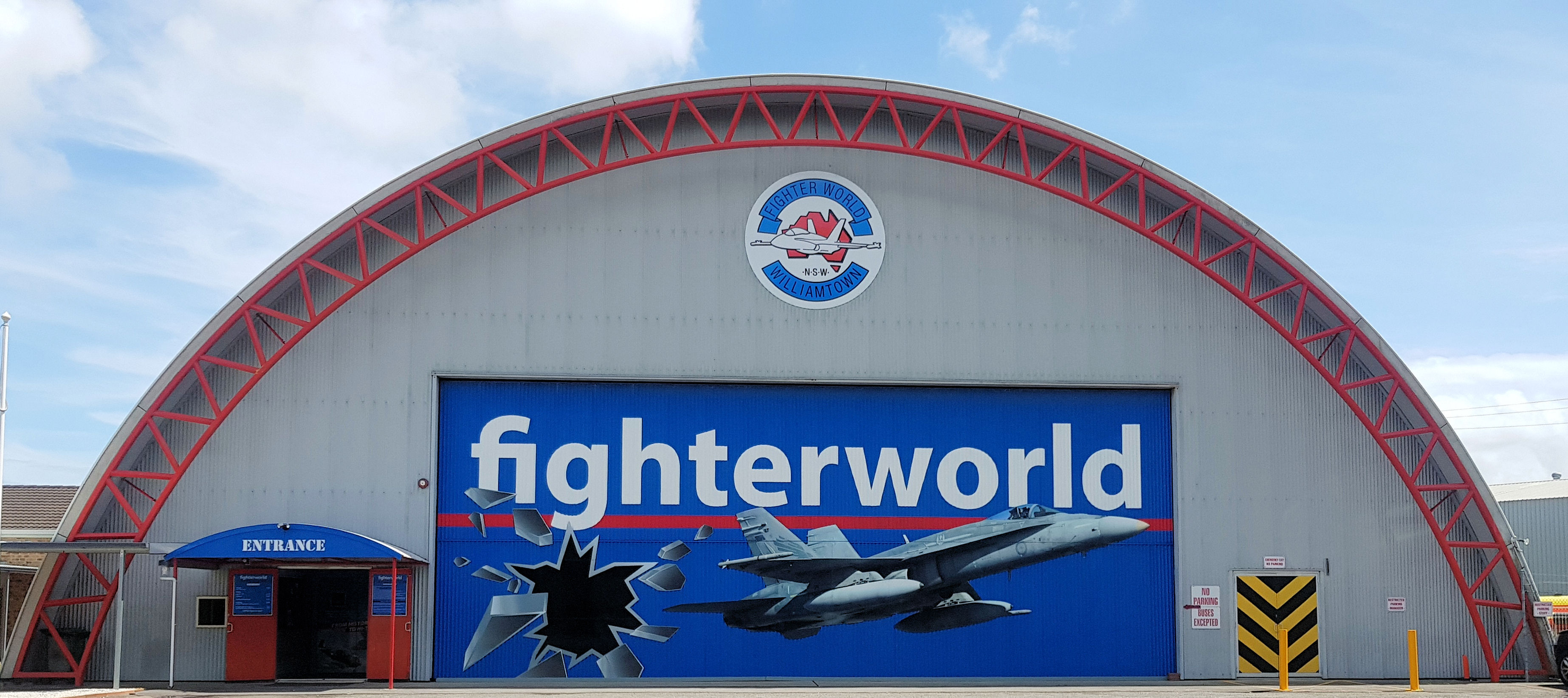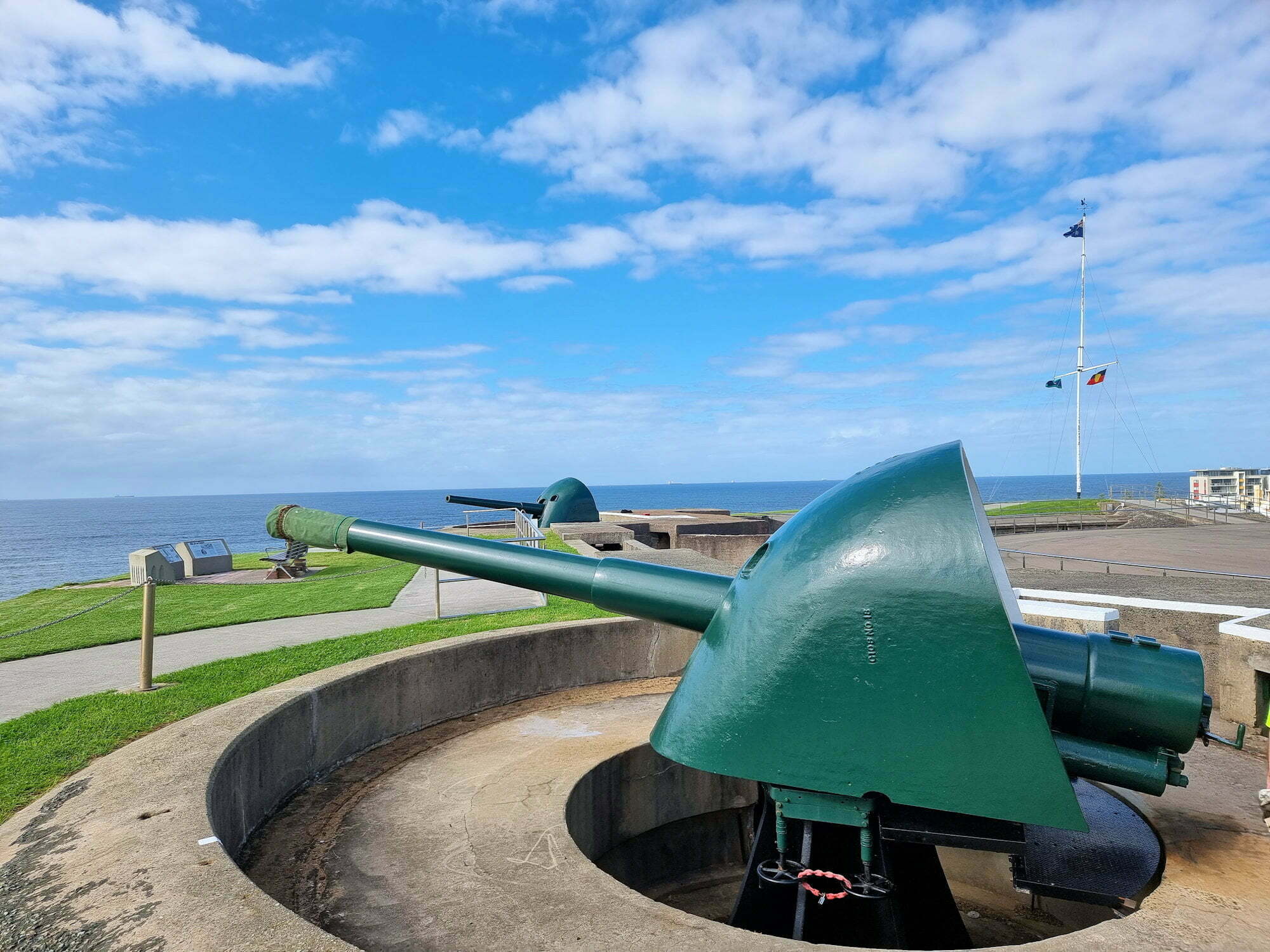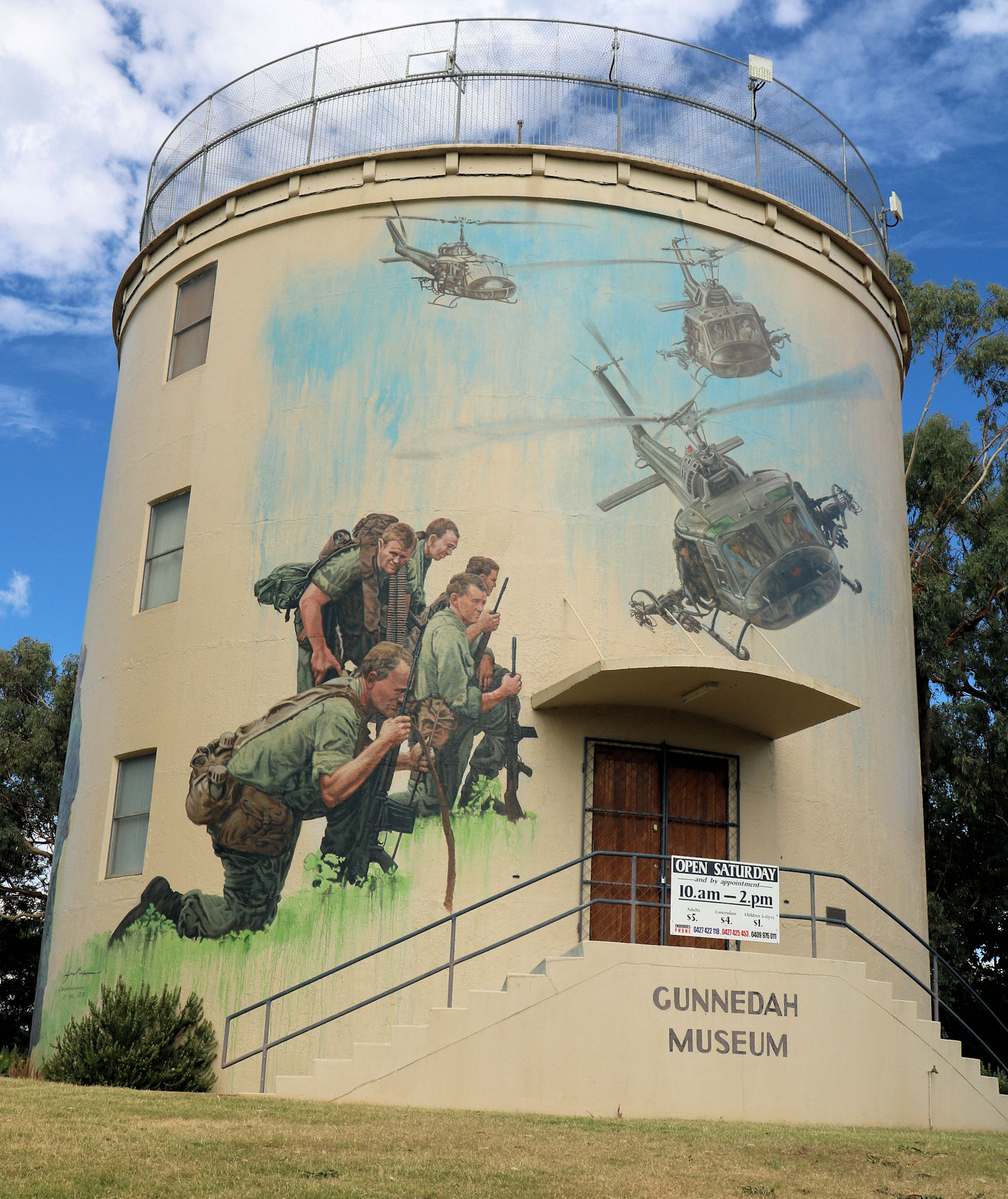Tag: New South Wales
-
Fighter World Williamtown NSW

Fighter World Williamtown Aviation Heritage Getting to Fighter World Fighter World located adjacent to the Williamtown RAAF base has an excellent display of jet fighters operated by the RAAF. Fighter world is very easy to find due to its location and parking is easy, because the museum has its own large car park. The Collection… Read more
-
Fort Scratchley Newcastle

Fort Scratchley Newcastle No longer used by the military, Fort Scratchley is now a memorial to the servicemen and women who served there. During World War Two, the Japanese submarine I-21 attempted to shell Newcastle and the BHP Steel Works. Fortunately most of the shells missed or failed to explode with no-one hurt and only… Read more
-
Gunnedah Water Tower Museum

Gunnedah Water Tower Museum Located near the Dorothea Mackellar Memorial Statue, the Gunnedah Water Tower Museum is a must see if visiting the area. Parking is easy because of the car park near the memorial, or on the road outside. Only open on Saturday from 10 until 2 you need to time your visit ti… Read more